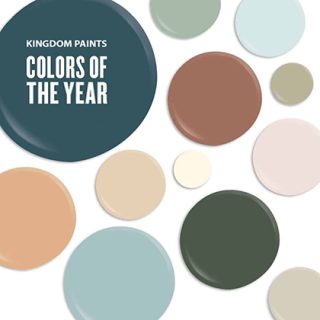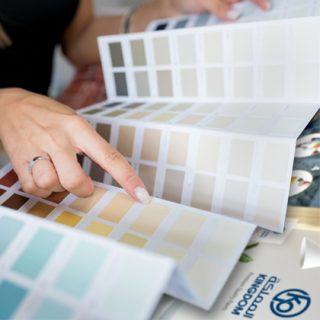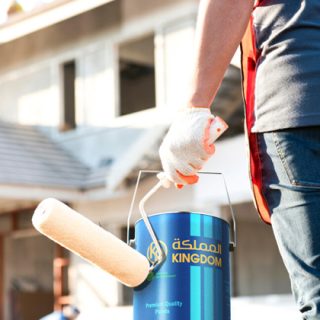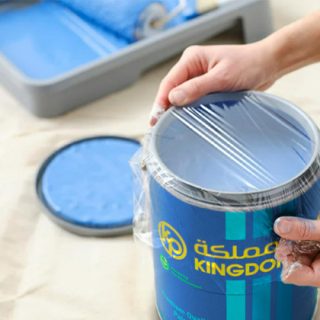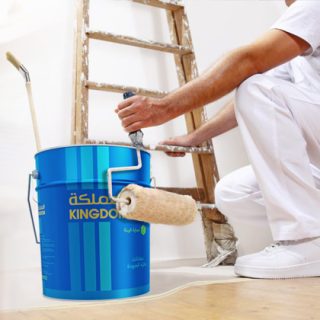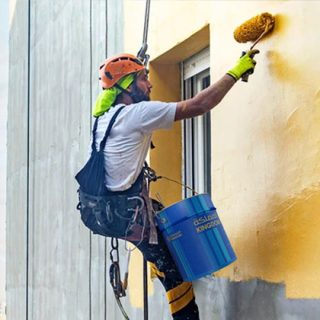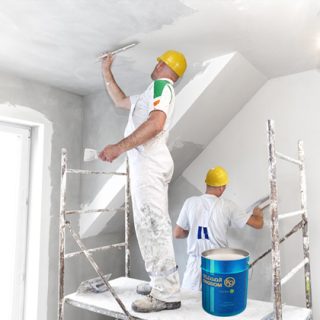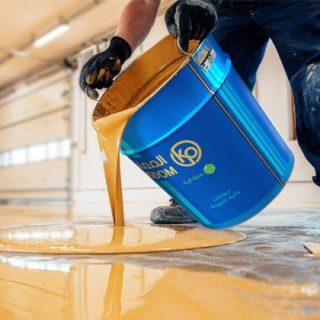Keep Your Paint Fresh and Ready for Use.
At Kingdom Paints, we understand that ordering paint for a home improvement project can come with unexpected challenges. It’s important to factor in the possibility of mishaps that may require extra supplies. Storing our paint in garages or sheds can often result in excess gallons sitting around for longer than intended. That’s why we’re here to help you understand how long paint typically lasts and whether or not stored paint is still usable.
We want to ensure that your projects go smoothly. Knowing how long our paint remains viable can help you keep enough Kingdom Paints on hand for your project while avoiding wasted resources due to expired paint.

Shelf Life Estimates for Paints
Storing paint correctly is essential for its longevity – from several years to a decade, provided the whole gallon has never been opened. On the other hand, when an opened can is not stored properly or exposed to contaminants, it may only last a few months. Knowing how to store your mixed paint properly is key to preserving its quality and lifespan.
General guideline to gauge how long our paints lasts.
- Water based Paints: We estimate its shelf life conservatively. Our water-based paint, unopened should last up to two years. Our experts have determined through extensive testing that well-preserved Kingdom Paints can be shelf-stable for up to 10 years.
- Solvent based Paints: Oil-based paints have a similar shelf life. Because the paint has solvents included, it can last even longer if it’s stored properly and preserved well. Our experts say up to 15 years.
How to know when the paint has gone bad?
Smells off.
Use your nose. If the paint smells off, sour, or foul, it’s bad. Some will produce a mildew or mold smell. Anything less than the expected chemical smell of paint should give you cause for concern. Smells mean you should discard the paint and start over.
Frozen and thawed.
If your paint has been stored where it could have frozen and thawed, proceed with caution. Some paint companies say that freezing is not an issue, as long as there is no pungent odor. Others say that once it’s frozen and thawed, adhesion can be affected or consistency off. This gets more true if you know the can have repeatedly frozen and thawed.
Lumpy consistency.
Paint is made to produce a film to dry. Sometimes the gallon will form the film on top of the paint in storage. If there is any more than a film on top, like lumps or solidness, get rid of it. Paint with chunks in it cannot be rectified.
Jellied Paint.
Jellied paint is always bad. This is a sign that the paint has gone from liquid to something else entirely. Anything less than a shiny liquid needs to be tossed.
How to preserve your paint.
- Avoid all extreme temperatures, high and low.
- Do your best to keep impurities out of the paint. This includes things like dirt, grass, or leaves.
- Transfer your paint to a plastic, sealable container that is made for this sort of storage. This will keep rust from getting into the paint.
- Before you seal the gallon, place plastic wrap under the lid before you seal it. Use a rubber mallet to hammer the lid down. Try not to dent the can.
Related Guides & Topics
Inspirations / Painting Tips / Paint Options.
Essential Guides to Kickstart Your Painting Project.



